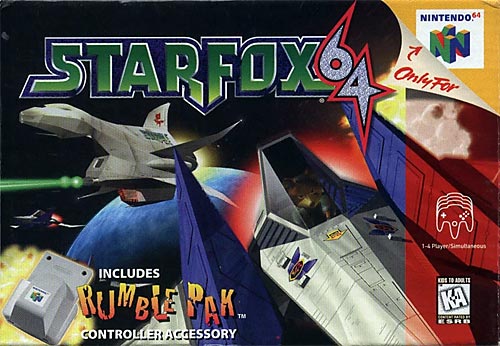
Visuals and amount of content are often the metric in which games are hyped up by, but it’s the gameplay itself which determines whether a game is a classic or totally forgotten. Of course, different genres require different things, but there are common patterns I’ve observed overall in great games.
- More doing and less showing — Cutscenes have their role, but stories should also be experienced through the gameplay and how the player interacts with the characters and world. Oftentimes, cutscenes involve ideas, characters and emotion whereas the gameplay itself is just about killing enemies. The gameplay should have these human and emotional elements too.
- A strong start — In an interview in the 90’s about Star Fox 64, Miyamoto mentioned that the first 30 minutes are the most important part of a game. I agree. Especially today, in an era where people have dozens of digital games they haven’t even touched, people won’t stick through a game if it requires too long to be interesting.
- Gameplay before aesthetics — With Super Mario 64, Miyamoto started by designing a level only involving Mario chasing a rabbit. He had the controls and camera tweaked to the point where it felt satisfying. As a result, when the rest of the game was designed, it had a solid foundation of movement and controls behind it. Some games unfortunately, have a really good idea for a story but the fundamentals are neglected, resulting in a beautiful mess.
- No dominating strategy — If there’s a certain technique or strategy that is far better than the others, players will just choose that strategy to win rather than immerse themselves in the game and pick what they feel is right. For example, with morality, if there’s a greater reward in doing acts of harm than there is in doing acts of good, then it’s not a difficult decision for the player.
- Willingness to revise the formula — Oftentimes, successful game franchises stick to the formula rather than innovate. While the sales go up, eventually people get tired of the rehashes and the games age poorly. Does every game have to be a complete overhaul? No. But sequels and successors should at least be willing to experiment with a variety of new mechanics and art styles.
- Natural tutorials — Sometimes games hole the player in an artificial practice mode of some sort before the game starts. This feels very unnatural and like a waste of time, especially upon replaying the game. Instead, the player should learn how to play the game as they go along. For example, in an action game, instead of putting the player in a target practice range, put the player up against a very weak enemy.
- Good pacing and no padding — Sometimes games will try to pad the length with filler content such as recycling a lot of enemies and levels near the third act of a campaign as a way to extend the length. Or, even worse, by making the player collect X number of Y items in order to proceed. It’s just busy work and it makes the player less likely to play the game again.